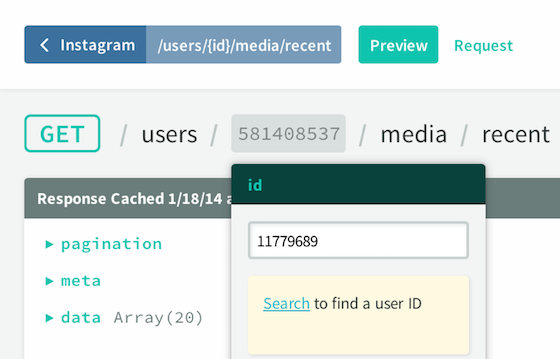Space Tango
Dashboards with near real-time access to data generated by experiment hardware running on the International Space Station.
expandModernized station communications and Space Tango’s modular CubeLabs stuffed to capacity with the latest in IoT technology are ready to go. Together they generate more experiment data and get it to the ground faster than ever before.
The mission: make that data as accessible as a Twitter feed.
An abbreviated discovery and design process helped develop this vision and give it a roadmap to realization. A prototype featuring dashboards and a team-based account system kicked it off, ready for experiments launching in July and most supply flights thereafter. An API-first strategy, a ES2015 codebase, and test coverage positioned the project on solid footing for a promising future of a (mostly) terrestrial nature.
Stack
-
JSON API compliant Ruby on Rails / MySQL backend
-
InfluxDB time series database and API
-
Data visualized with D3 4
sparkart team project

